Urban exploration (urbex) photography is about venturing into forgotten, overlooked, or abandoned human-made structures, camera in hand, to document the beauty in decay and ruin. It’s not just about trespassing into derelict buildings (though some photographers push boundaries), but about engaging with the unseen layers of a city: shuttered factories, graffiti-covered walls, faded signage, and peeling paint. Consequently, urbex photography helps mental health by turning the neglected into something worth noticing.
As a photographer and psychologist, I’ve found that urbex photography offers more than intriguing images. It provides a quiet, creative practice with real mental health benefits. Recently, I’ve been exploring Digbeth in Birmingham, using expired 35mm colour film to capture its forgotten corners. Those moments behind the camera gave me a new perspective on the city, and showed me firsthand how urbex photography helps mental health through mindfulness and creativity.
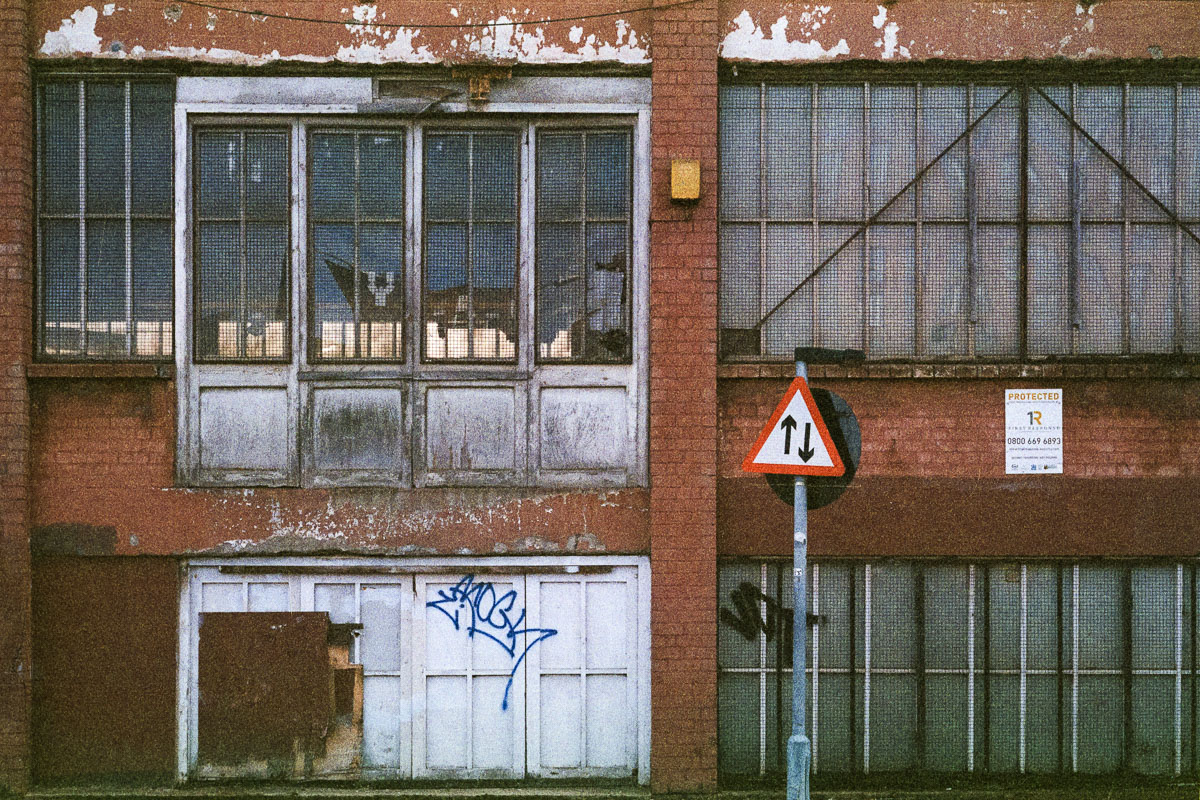
At a Glance: How Urbex Photography Helps Mental Health and Creativity
- Urbex photography reveals beauty in forgotten human-made places.
- It offers an antidote to digital overload, supporting mental health and mindfulness.
- Encourages creativity, autonomy, and physical exploration through discovery.
- Urbex photography provides a unique urban solitude—quiet moments amid the city’s ruins.
- The best urbex images capture texture, colour, decay, and hidden stories in the built environment.
The Mental Health Challenges Facing Young People Today
We live in an age of digital dependency and constant stimulation—endless social media feeds, notifications, academic pressure, uncertainty about the future, and rising cost of living. Technology made teens unhappy. So, it’s no surprise that anxiety, depression, and stress-related difficulties are now widespread among young people. Many describe feeling trapped: trapped online, trapped in cycles of comparison, or trapped in routines that leave little room for creativity, autonomy, or genuine self-expression.
What’s missing for many is a sense of space (physical and mental) where they can feel free to explore, reflect, and just be themselves. That’s where urbex photography helps mental health—it offers freedom.
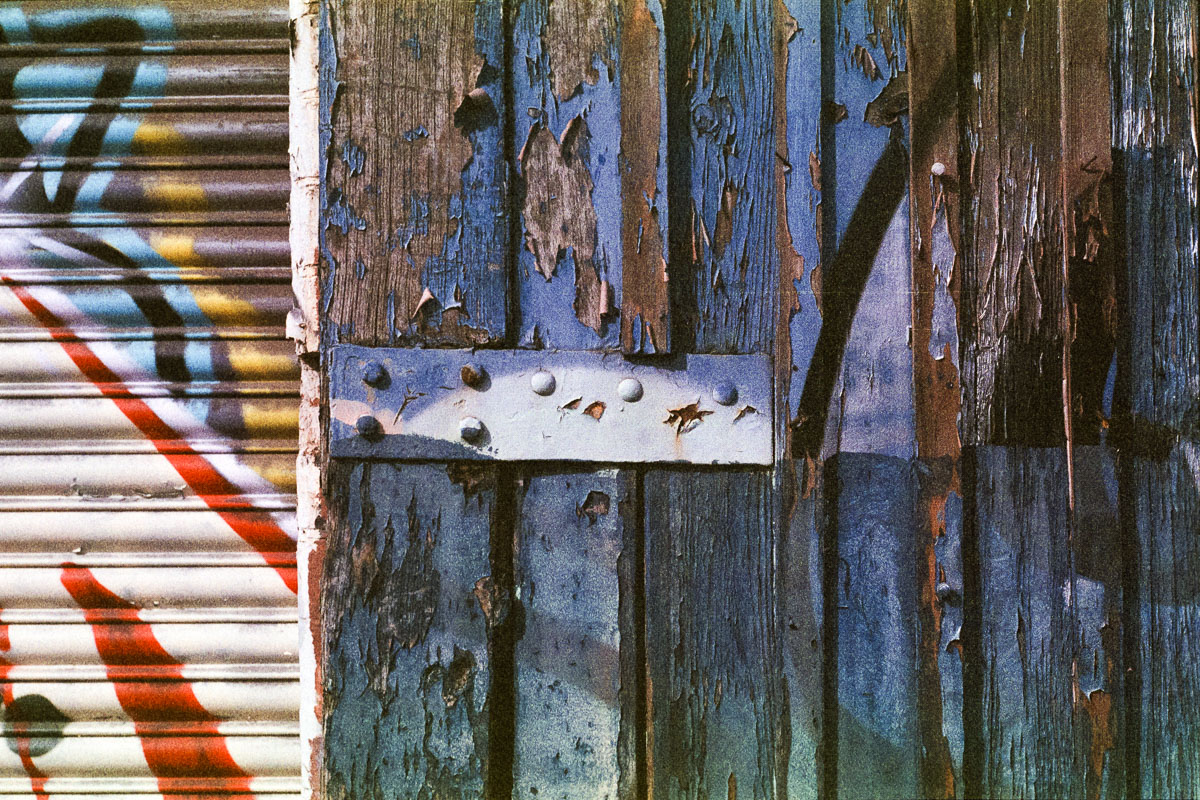
How Urbex Photography Helps Mental Health in Practice
My time photographing Digbeth has shown me how urbex photography helps mental health (and creativity) by carving out this much-needed space. Here’s how:
- Connection with surroundings – Wandering through Digbeth with my Contax G2 and expired film, I start to see details I’d usually overlook. For example, the rust patterns on a factory door, weeds breaking through pavement cracks, or graffiti layered like a palimpsest. Paying attention to these details makes me feel more grounded and connected to the present moment.
- A non-judgmental creative space – Unlike posting to Instagram, where “likes” can become the measure of worth, urbex photography is first and foremost about seeing. There’s no right or wrong, no pressure—just the chance to experiment.
- A quiet space to be yourself – In the early morning, the streets of Digbeth are empty and silent. For a city, this paradoxical silence feels almost rural. It permits you to slow down, think, and enjoy creating.
- Physical activity – Urbex gets you outside, walking, climbing stairs, and ducking into alleys. It’s a form of gentle exercise that also sparks curiosity.
- A sense of control – In a world where much feels uncertain, choosing where to walk, what to notice, and when to press the shutter offers a refreshing sense of autonomy.
- A break from everyday routines – Picking up a camera and exploring an unfamiliar corner interrupts the monotony of everyday life.
- Focus and distraction from worries – Composing an image requires attention: framing, checking the light, waiting for the right moment. In these moments of focus, worries fade into the background.
For more on how composition and empathy can deepen this kind of awareness, see my Psyche guide on taking better photos.
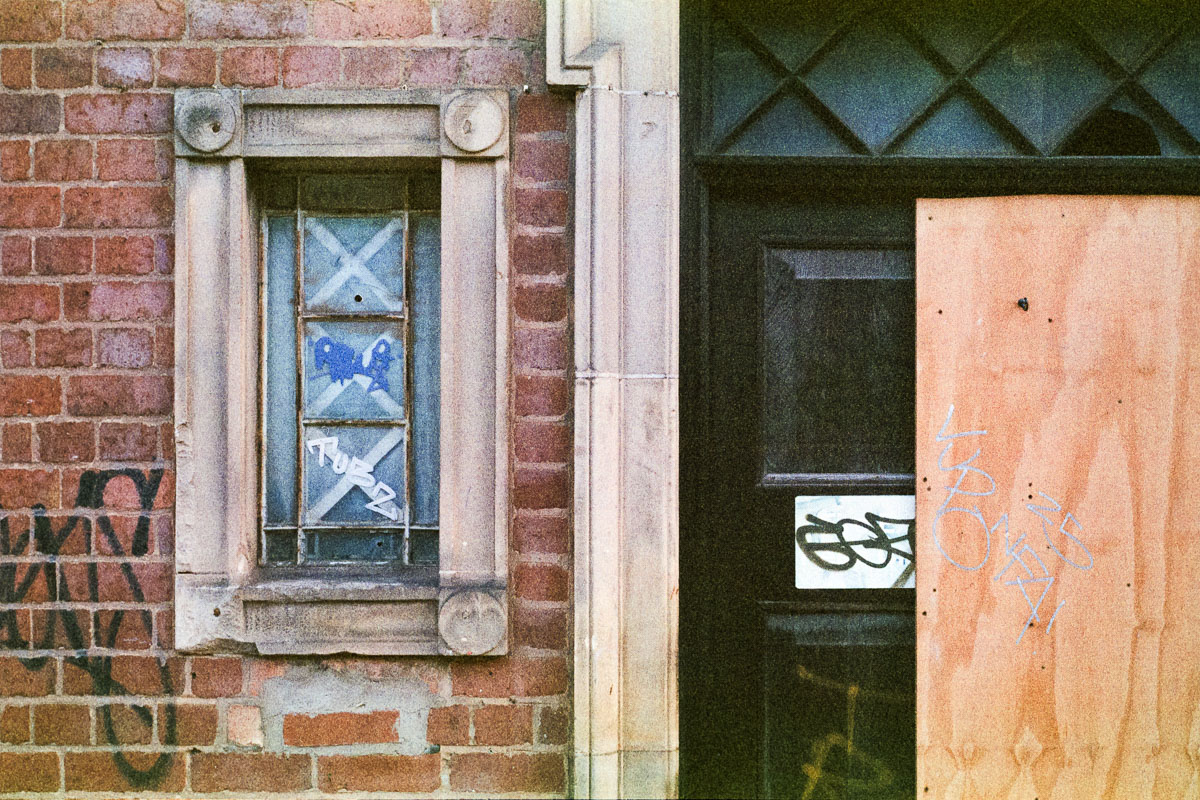
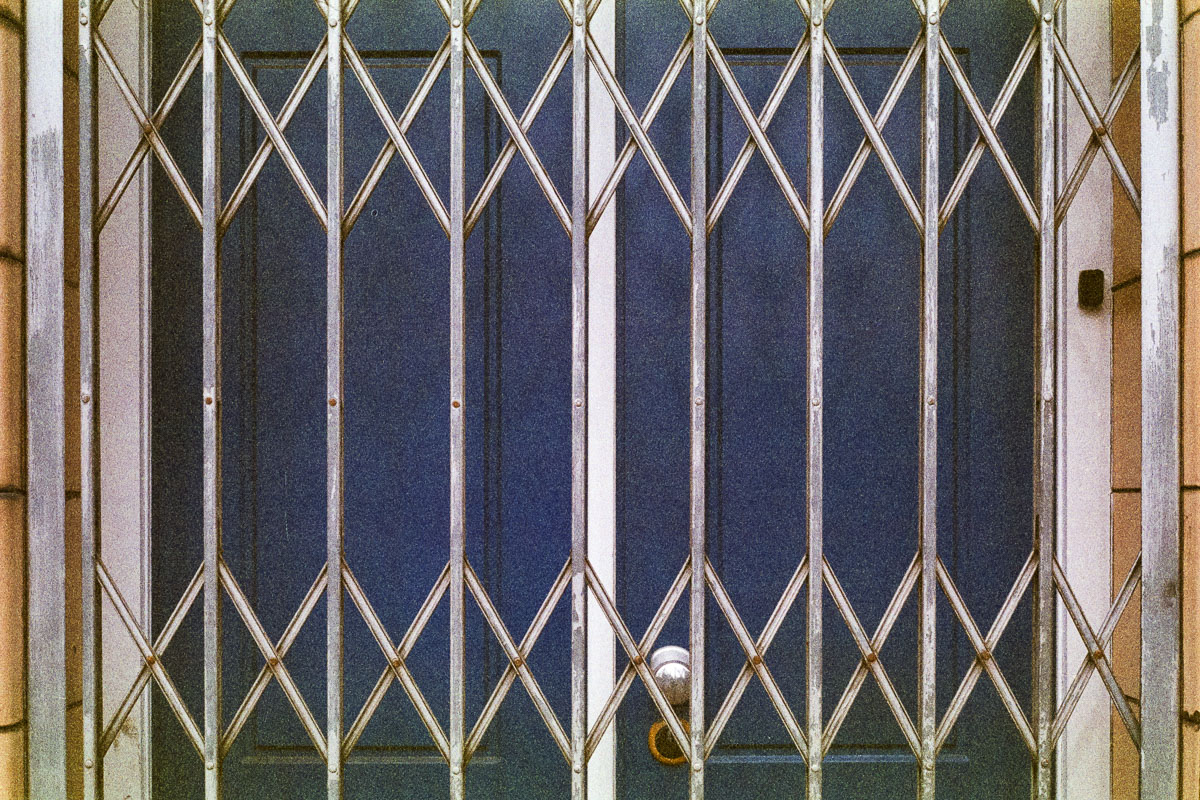
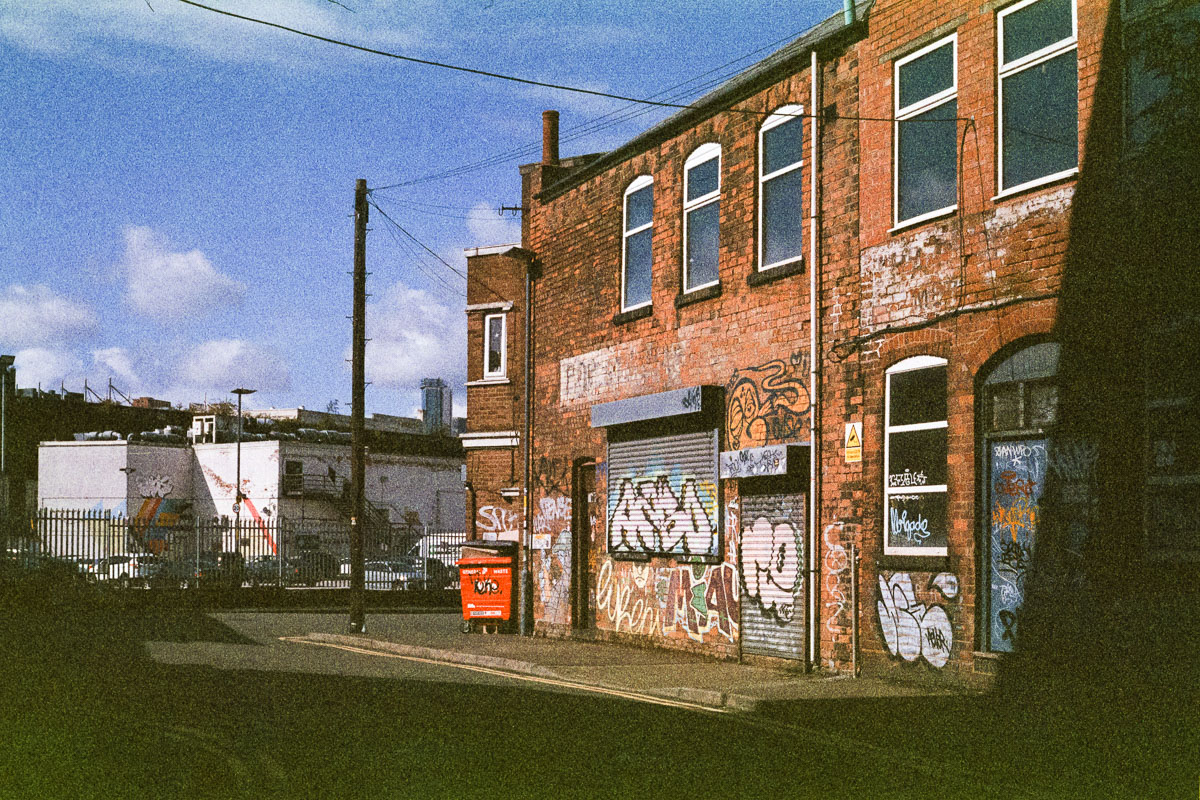
The Soothing Side of Urbex Photography for Neurodiverse Minds
For some neurodiverse people, the textures, patterns, and subtle details found in urban decay can be particularly soothing and grounding. Specifically, cracked paint, rusted metal, and layered graffiti create intricate visual structures that draw attention and offer a predictable, rhythmic quality. This combination of visual complexity and order within apparent chaos can be aesthetically pleasing and calming, supporting sensory regulation.
When photographing abandoned factories or peeling walls, I notice how these details—often overlooked by others—hold a quiet, meditative appeal. In particular, framing, focusing on, and capturing these textures allows the mind to engage with beauty in decay, offering a unique form of mental rest and creative satisfaction. In short, urbex photography helps mental health and creativity by fostering emotional balance and visual mindfulness.
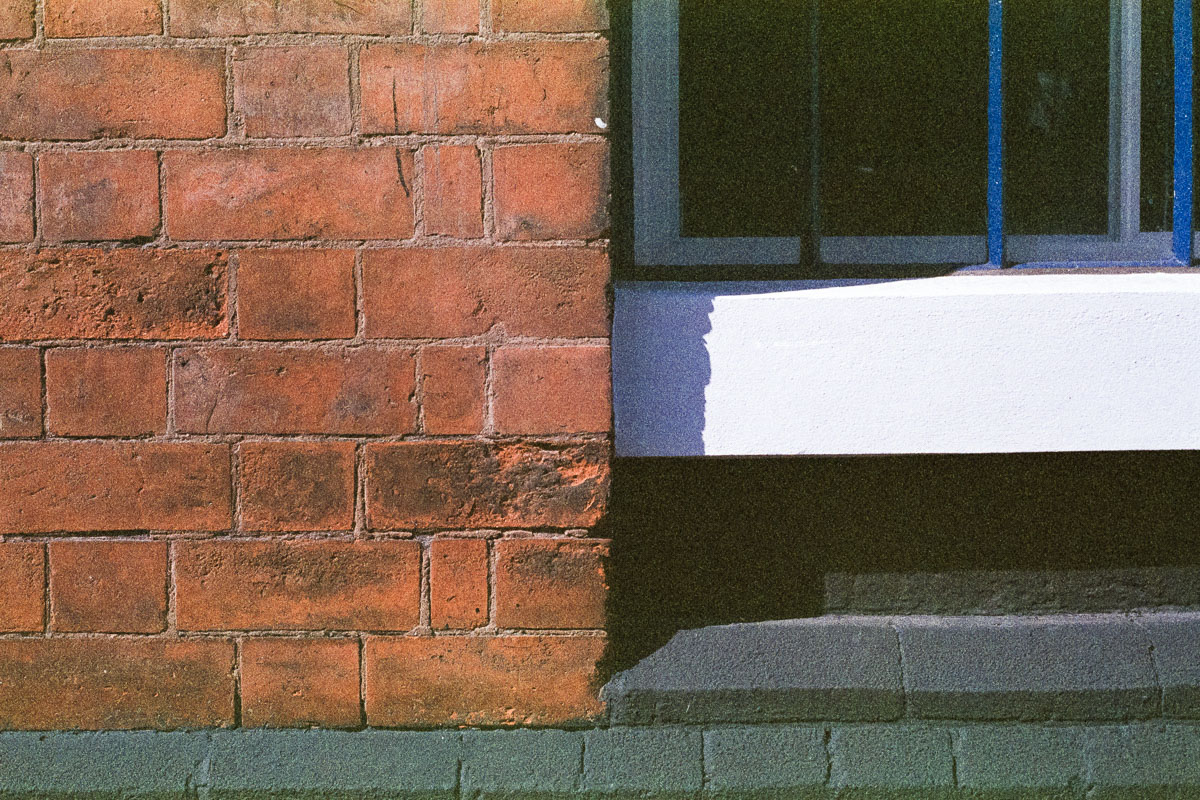
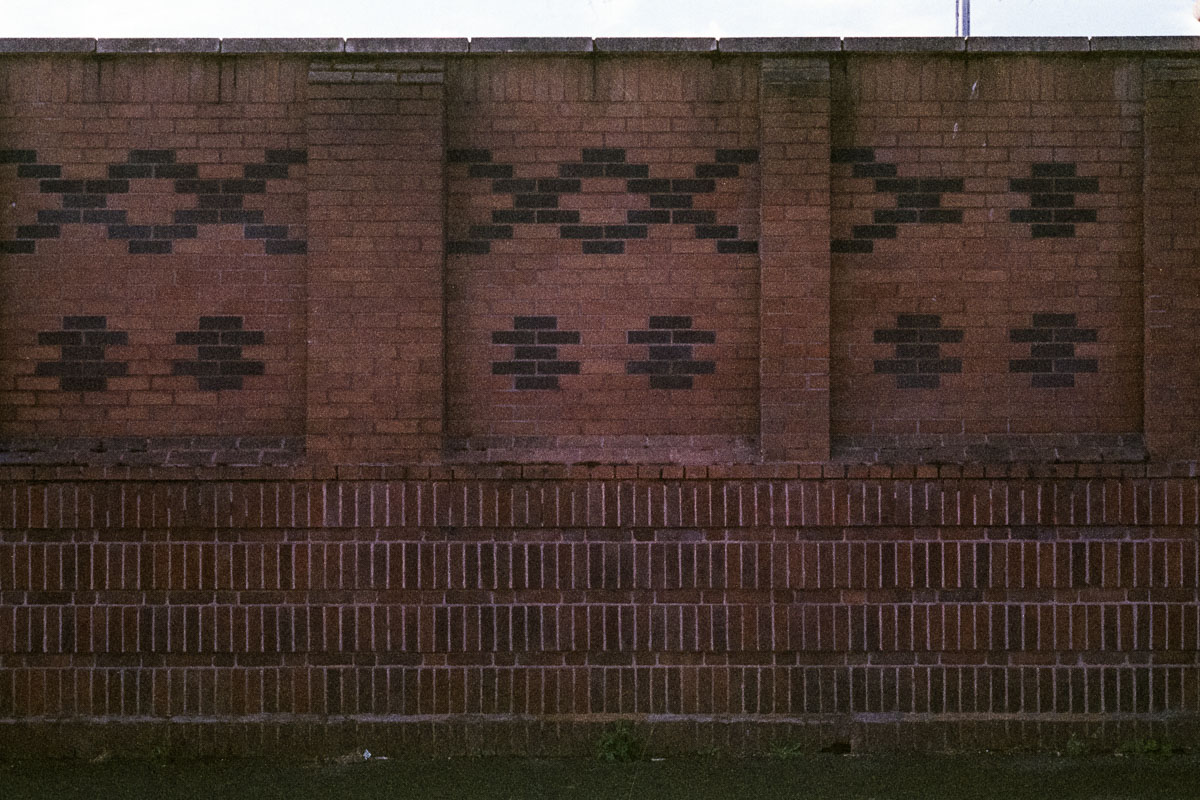
Urban Solitude: The Paradox of the City
Experts have long praised nature for its therapeutic benefits. But urbex photography offers something different: an urban solitude. At dawn, many towns and cities (like Digbeth) feel deserted—factories silent, car parks empty, streets quiet before the day begins. Consequently, this emptiness creates a rare space you can explore without distraction.
And if you encounter others—another photographer, a graffiti artist, or someone passing through—you’re often so immersed in image-making that their presence rarely intrudes. Thus, urbex photography helps mental health (and creativity) because it allows you to carve out quiet time in an otherwise noisy city.

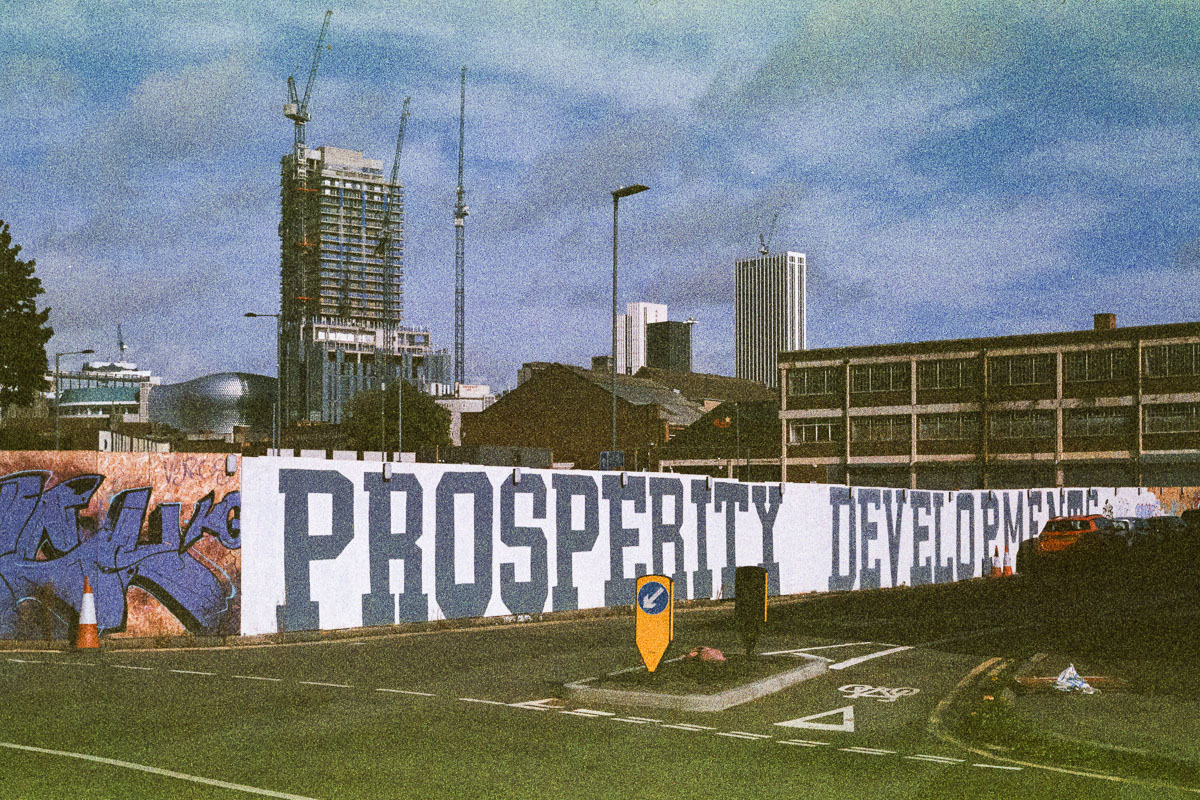
Tips for Taking Great Urbex Photos for Mental Health
When I walk with expired film through Digbeth (Birmingham), I always notice:
- Textures – Rusted metal, peeling paint, cracked walls, and weathered wood tell stories of time and decay. For many, especially neurodiverse photographers, these surfaces provide a predictable, rhythmic quality that can feel soothing.
- Patterns – Repeating windows, rows of bricks, or layered graffiti create visual structure within apparent chaos. Capturing these patterns can be both aesthetically satisfying and meditative.
- Colours – Expired 35mm film often shifts colours unpredictably—muted greens, washed-out reds, or ghostly blues. These subtle variations add atmosphere and make even the most neglected spaces feel alive.
- Decay – Collapsing roofs, broken signage, and crumbling walls offer rich visual narratives. Observing and photographing these elements allows the mind to engage creatively while appreciating impermanence.
- The unseen – Look behind fences, down alleys, inside arches. Mindful observation is at the heart of why urbex photography helps mental health (and creativity).
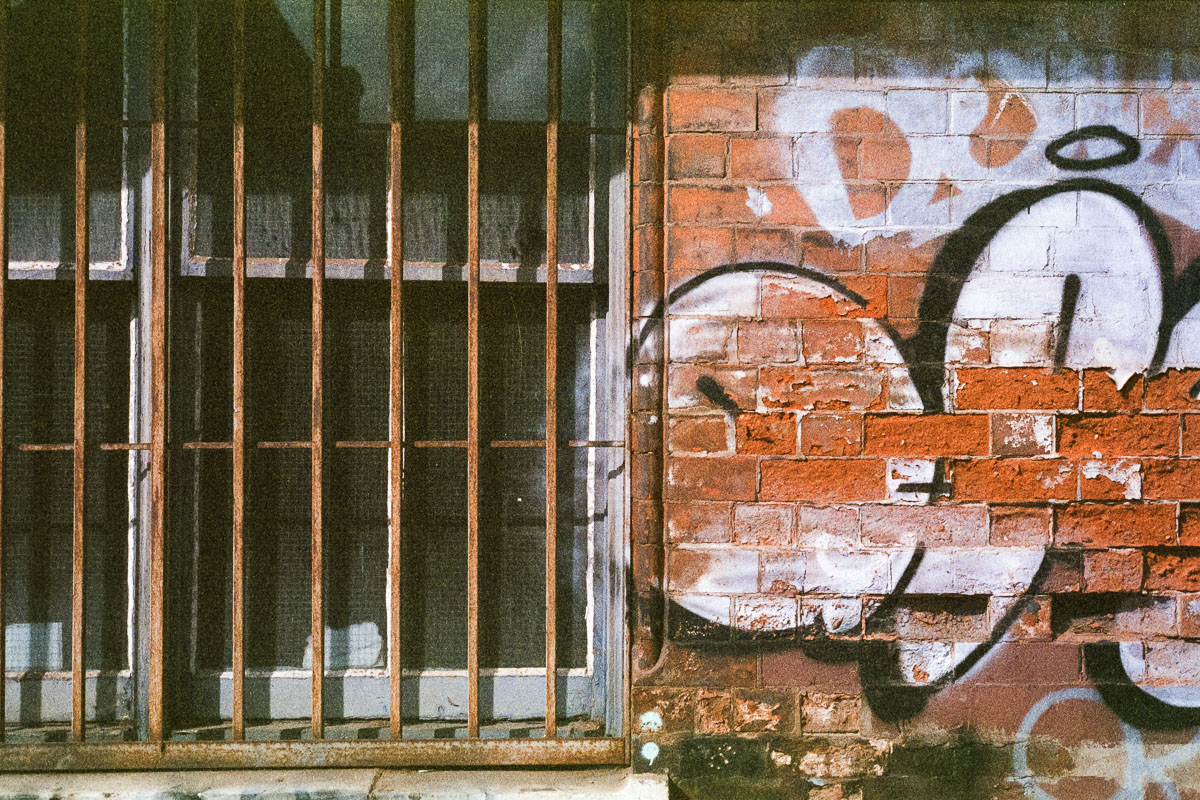
Final Thoughts
So, next time you’re weighed down or caught in routine, pick up a camera—film or digital—and wander into the overlooked corners of your town or city. Explore backstreets, disused buildings, or forgotten spaces, and notice what many people overlook without a glance. Capture the unseen, and permit yourself to create without judgment.
Urbex photography helps mental health not because it solves everything, but because it offers a moment of calm, a spark of creativity, and a reminder that beauty often hides in forgotten places.
PHOTO DETAILS
Location: Digbeth, Birmingham
Date: September 2025
Camera: Contax G2 (35mm rangefinder)
Film: Agfa HDC 200 (expired July 2000)
Scan: Minolta DiMAGE Scan Elite 5400 using VueScan software
Want more inspiration? Explore my other posts on photography, psychology, and pedagogy, where I share images, insights, and stories that connect the art of seeing with the science of wellbeing.
